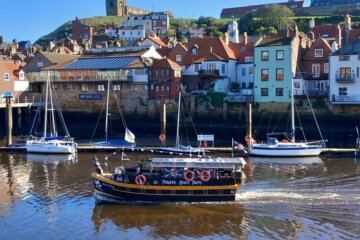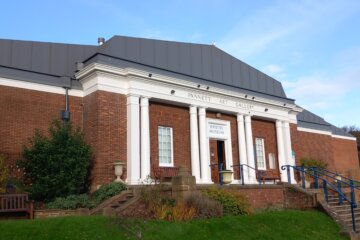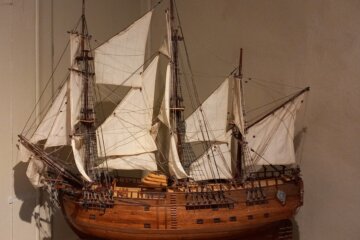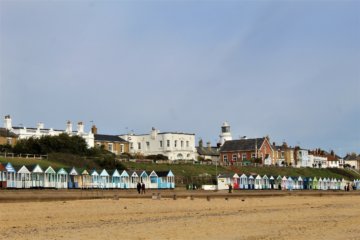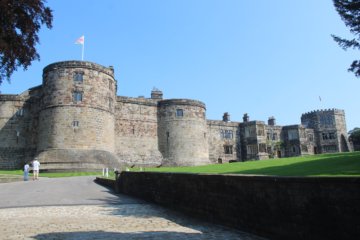 The Göreme Open-Air Museum, located about 2km out of town (the road sign says 1km, but that’s a lie!) is well worth a visit. It is open every day from 8am to 5.30pm, and it’s a good idea to make the effort to get there early (perhaps you could visit on the day when you have already got up early to see the hot-air balloons – see separate posting on Göreme, Cappadocia), as it gets extremely crowded, especially during the summer months.
The Göreme Open-Air Museum, located about 2km out of town (the road sign says 1km, but that’s a lie!) is well worth a visit. It is open every day from 8am to 5.30pm, and it’s a good idea to make the effort to get there early (perhaps you could visit on the day when you have already got up early to see the hot-air balloons – see separate posting on Göreme, Cappadocia), as it gets extremely crowded, especially during the summer months.
The museum consists of a number of rock chapels dating from the 10th to the 13th ce nturies – the Byzantine and Seljuk periods. Many of these house amazing frescoes.
nturies – the Byzantine and Seljuk periods. Many of these house amazing frescoes.
One of the highlights is Karalik (Dark) Church, which, because it gets very little light from the outside, has some of the best preserved frescoes with the brightest colours. The walls are richly decorated with scenes related to the lives of Mary and Jesus, as well as views from the Old Testament. The pictures in the main apse were painted using the fresco technique where the colour is applied directly on to wet plaster, very rare in Cappadocian churches, and you can still see the fingerprints of the artists on the faces of Jesus, Mary, and John the Baptist.
The Elmali (Apple) Church and the Chapels of St. Barbara and St. Basil all have original decoration consisting of geometric designs and crosses, painted in red ochre directly on to the rock. They all date from the mid 11th century and are highly unusual.
A visit to the museum will take a good 2 to 3 hours, but, as you leave, be careful not to miss the Tokali (Buckled) Church. It is part of the museum, but outside the confines of it. The frescoes inside are amongst the best in the area. It is the oldest known rock-cut church in the region, and is made up of 4 sections: the Old Church with one nave; the New Church; the Lower Church under the Old Church; and the Parecclesion to the north of the New Church. Today the Old Church, built in the 10th century, acts as the entrance to the New Church and there are incredible frescoes telling the story of Jesus on panels on the vaulted ceiling. In the New Church, the story of Jesus is told again, this time in chronological order, in mainly bright red and blue colours. There are also scenes from the life of St. Basil, portraits of some saints, and pictures of the miracles of Jesus. The overall effect is stunning.
as you leave, be careful not to miss the Tokali (Buckled) Church. It is part of the museum, but outside the confines of it. The frescoes inside are amongst the best in the area. It is the oldest known rock-cut church in the region, and is made up of 4 sections: the Old Church with one nave; the New Church; the Lower Church under the Old Church; and the Parecclesion to the north of the New Church. Today the Old Church, built in the 10th century, acts as the entrance to the New Church and there are incredible frescoes telling the story of Jesus on panels on the vaulted ceiling. In the New Church, the story of Jesus is told again, this time in chronological order, in mainly bright red and blue colours. There are also scenes from the life of St. Basil, portraits of some saints, and pictures of the miracles of Jesus. The overall effect is stunning.
After visiting the Open-Air Museum, it is worth making an extra trek to visit the El Nazar Church, despite it being off the beaten track and having a separate entry charge.
TOP TIP – set out early in the day and wear good walking shoes.
Join our mailing list

Sign up to receive our monthly newsletter. Keep up with what we're doing and be the first to receive special offers and insider tips.



